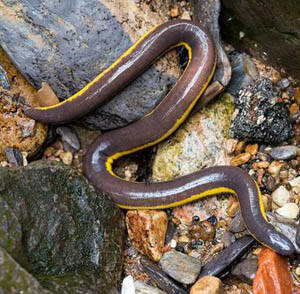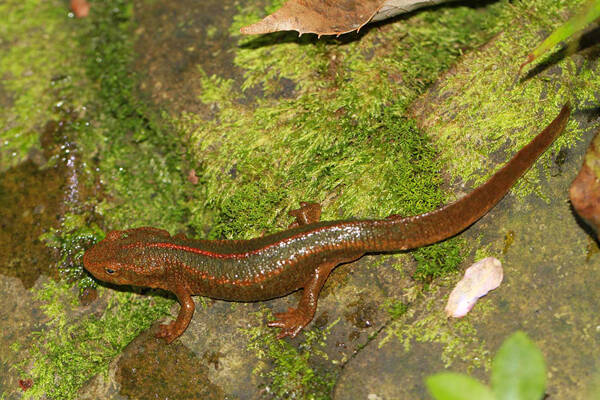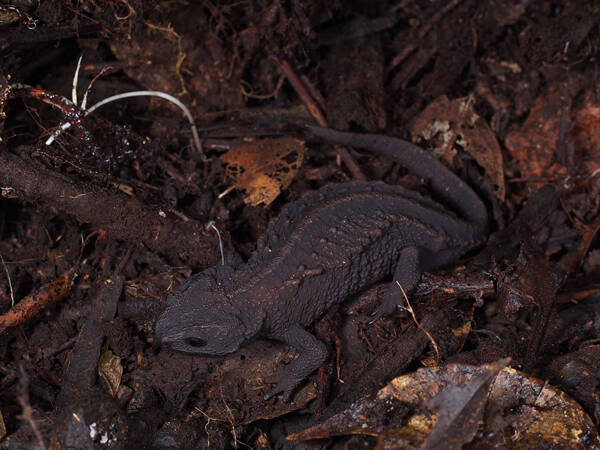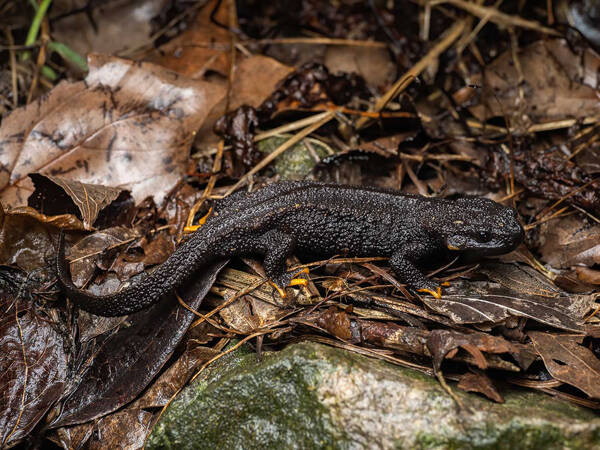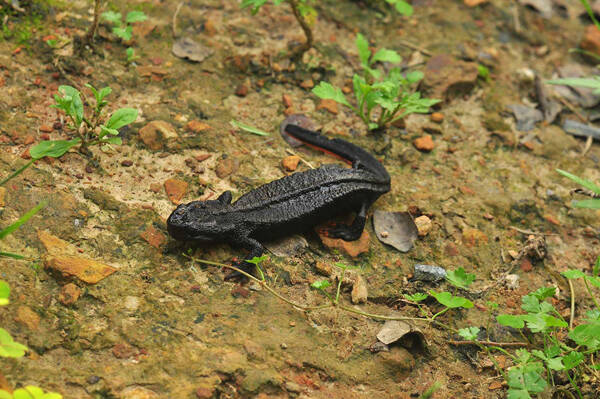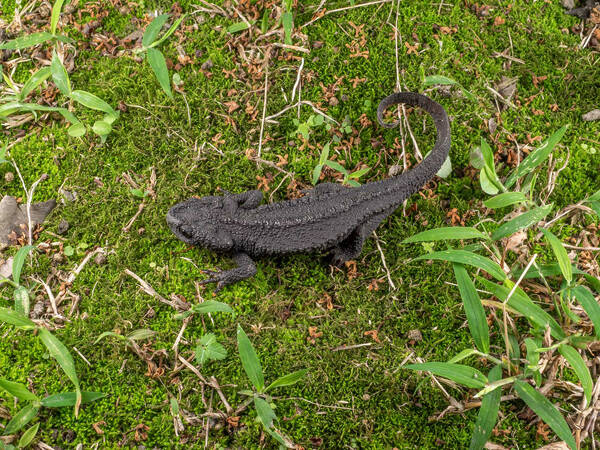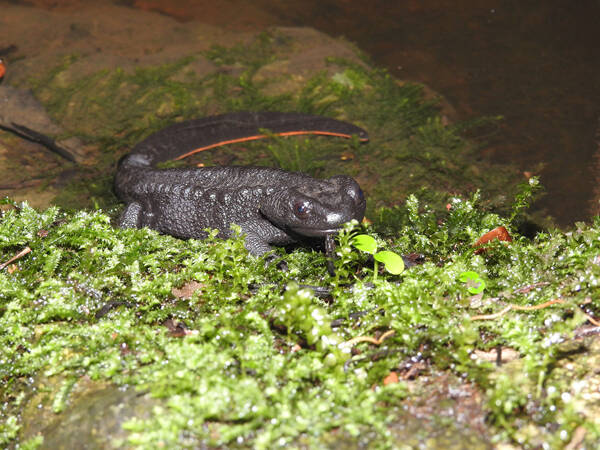Hynobius leechii
IUCN
LCBasic Information
Scientific classification
- name:Hynobius leechii
- Scientific Name:Hynobius leechii,Northeastern China Salamander,Water snake, baby salamander, water snake, mullet
- Outline:Urodela
- Family:Caudata Hynobiidae
Vital signs
- length:85-142mm
- Weight:
- lifetime:
Feature
The head is flat and oval, the tail is flattened laterally, the eyes are large but not very protruding, and the back of the body is dark gray or gray-brown.
Distribution and Habitat
In China, it is distributed in Heilongjiang (Binxian, Shangzhi, Wuchang, Jingbo Lake, Songhua River Basin, etc.), Jilin (Baihe, Wangqing, Helong, Jilin Suburbs), Liaoning (Xiuyan, Xinbin, Xiongyue Town, Gaizhou City, Zhuanghe, Qianshan, Huanren, Anshan Suburbs, Kuandian, Qingyuan, Benxi, Dalian Suburbs, Dandong Suburbs, Fengcheng, Pulandian Chengzitan Town, Wafangdian, etc.). Abroad, it is distributed in North Korea and South Korea.
The Northeast Small Salamander lives in hilly mountains at an altitude of 200-300m, and mainly chooses dark and humid stone crevices, earth holes, and dead branches and leaves on the edge of puddles on land as its habitat.
Appearance
The head is flat, longer than wide; the snout is completely round, without labial folds; there is no fontanelle, and the row of vomerine teeth is V-shaped. The trunk is cylindrical and slightly flat; the base of the tail is nearly round, gradually flattened backwards, with obvious dorsal fin folds and blunt tail tip. The back of the head is yellow-brown, green-brown or dark gray, and its color may change with the environment. There are black-gray spots on it, and some groups have no spots on the back; the ventral surface of the body is gray-brown or dirty white.
Details
The Northeast Hypsilophis davidianus lives on land during the non-breeding season, hiding during the day and coming out at night, and also going out on rainy days. It often moves and forages in the dead branches and leaves, under rocks, fallen trees or in the grass on the hillsides on both sides of the stream; its activity range is larger from June to August, and can be extended to the grass on the hillside or in farmland. It gradually migrates to the wintering grounds in September and hibernates in early October. It hibernates under the roots of trees with thick dead branches and leaves, in soft soil, in piles of rocks, and under haystacks in sunny, leeward and humid areas. It comes out of hibernation in late March or early April of the following year.
The adults of the Northeast Hypsilophis prey on the adults and larvae of many insects, such as moths, sticky insects, maggots, shrimps, slugs, etc., some of which are harmful animals.
The breeding season of the Northeast Hypsilophis is from mid-April to late May, and the peak spawning season is in late April. The spawning grounds of this salamander are mostly in still water pits, ponds, ditches and slow-flowing streams, especially in small bays. Spawning usually takes place at night, with male salamanders usually entering the spawning grounds first and waiting for female salamanders. When the male and female salamanders meet, they follow each other. The male salamander often touches the female salamander's head and cloaca with its snout, and its tail shakes rapidly, which can last for about an hour. After that, the female salamander climbs onto dead branches or rocks in the water, opens its cloaca and discharges a white, sticky egg sac with its "handle" attached to the dead branches or rocks. When a section of the egg sac is discharged successively or simultaneously, one or more male salamanders quickly approach the female salamander and hold the egg sac tightly with their limbs or hold the egg sac in their mouths and pull it out. When the male's cloaca contacts the egg sac, a large amount of milky white semen is discharged; when the male salamander discharges semen, it keeps opening its mouth and kicks its hind legs repeatedly, stirring the semen into flocs and attaching it to the egg sac, completing in vitro fertilization.
The fertilized eggs develop in the egg gel bag. As the embryo develops, the gel in the bag gradually liquefies, the bag wall becomes thinner, and the hatched larvae break out of the membrane from the free end and enter the water body. At this time, the larvae still have balance branches, and they can swim after living at the bottom of the water for 1-3 days. The larvae feed on water fleas in the early stage, and then they prey on water silk earthworms and other species; they often float to the surface to breathe during the period when the external gills gradually shrink; when the external gills disappear, they land and live on land.
The main threat to the population of the Northeast Hynobius is the destruction and degradation of its habitat caused by deforestation and water pollution. The species is relatively common in its distribution area, but the overall population is on a downward trend.
Listed in the second level of the "List of National Key Protected Wildlife in China".



